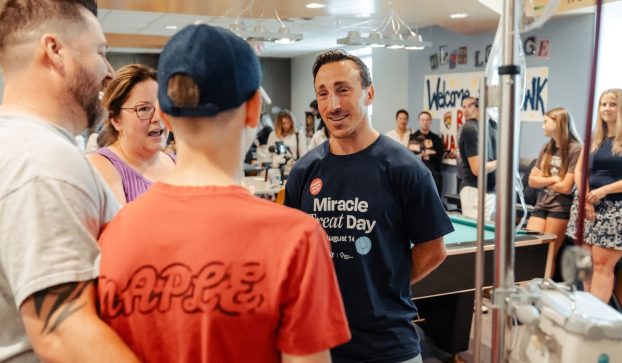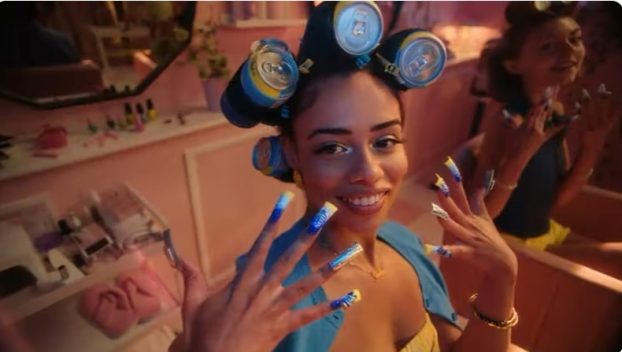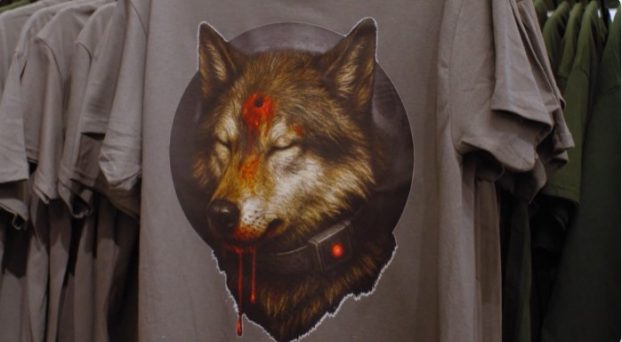
By Will Novosedlik
Growing anti-2SLGBTQ+ sentiment has led many brands to scale back marketing efforts that express support for the community, but a new report from Nielsen strongly suggests that what some might consider “playing it safe” might actually be bad for business.
The size of the prize is not insignificant. The global spending power of the 2SLGBTQ+ community is estimated at $3.7 trillion USD. And as has been reported in a TIME article, compared to generic ads, ads that are inclusive of 2SLGBTQ+ communities can help consumers remember brands better, inspire higher-priced purchases and foster a more progressive company image. They can also increase buyer intent by 40%.
According to another study, produced last year jointly by the GLAAD and Edelman Trust Institute, Americans are two times more likely to use a brand that demonstrates a public commitment to 2SLGBTQ+ rights. The study also found that 53% of them expect CEOs to inform and shape conversations and policy debates about 2SLGBTQ+ rights. In addition, 59% say that if businesses devoted significant resources to protecting the rights of the 2SLGBTQ+ community, they could have a positive impact.
The Nielsen study found that in both Canada and the U.S., 93% of non-cisgender identifying audiences and 87% of cisgender audiences are comfortable with brand targeting based on sexual identity.
All that data proposes that 2SLGBTQ+ representation in advertising enjoys widespread acceptance. But as recent controversies have clearly demonstrated – think Bud Light and Dylan Mulvaney – audiences can seem strongly divided. As the study points out, while the voice of the 2SLGBTQ+ community has never been stronger, the same can also be said of the opposition to it. So what’s a marketer to do?
Peter Rodriguez, founder of consulting firm Brand Igniter, says that aligning with a social or political cause can confuse your consumer. “It dilutes your positioning. People start to wonder just what does this brand stand for? They thought it meant this, and now you’re telling them it means that.” He points out that as soon as you embrace a cause, you are going to appeal to one group and alienate another. So there needs to be a real financial justification for such a decision. Says Rodriguez: “If you can show me how it is going to improve your EBITDA, then I’m all in. But unless you can show me the numbers, I’m not going to invest in it.”
While the numbers featured in the report suggest that the business case does exist, it also reminds us that not everyone is receptive to inclusivity. And Rodriguez knows this. Globally only 25.6% of cisgender people say they’d like programming and advertising to do more to celebrate inclusion and positive stories about 2SLGBTQ+ individuals. Among heterosexuals, the global average is just 21%.
At the same time, the study suggests that brands have more of an engagement opportunity than they realize. Almost 64% of non-cisgender identifying audiences say product messaging within ads targeted on the basis of sexual orientation or gender identity were relevant to them, compared to 46.4% of cisgender people.
PR consultant Rick Byun says it’s really all about being genuine. He points out that while it certainly takes courage for any brand to reach out to under-represented communities, the marketing initiative has to be authentic and rooted in the company’s values. He gives the examples of those he feels participate by supporting Pride authentically. “Take the banks,” says Byun, “I believe the financial institutions do try to practice what they preach. For someone like me who, as a young man, was struggling with his own sexual orientation and had not come out as gay yet, seeing major brands at the Pride parade was very meaningful. I saw TD Bank, I saw the TTC, I saw beer companies and civic leaders, and I interpreted that as acceptance of who I was.”
Brands that continue to embrace and practice inclusivity based on their values include Lego, which has built on its “Everyone is Awesome” positioning with a 2023 campaign entitled “A-Z of Awesome,” featuring Lego builds that embrace self-expression in the 2SLGBTQ+ community. Another is Gucci, whose latest Guilty perfume campaign, which features actress Julia Garner, actor Elliot Page and musician A$AP Rocky, is an ode to self-acceptance and love in all its forms. The campaign invites each of us “home” – a metaphorical place where we are all free to, first, accept who we are and, then, show our true selves without fear of reprisal.
While the tone of both the Nielsen and GLAAD/Edelman studies remains optimistic, the also illustrate how fraught the atmosphere around 2SLGBTQ+ rights has become as of late. In the U.S., for instance, over 300 anti-trans bills were proposed across 17 states in 2022 alone.
The key point to remember here, according to Nielsen, is that while data and technology can help marketers identify niche audiences and engage with them, brands can’t control how audiences share their messages. That’s where brand integrity comes into play. Just ask Bud Light.























